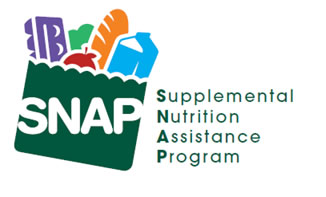
Ways to Go Green and Save Your Business Money

Making your business environmentally friendly isn’t just good for the Earth it may also be good around tax time. That’s because the IRS has a lot of tax credits and deductions in place for businesses that make an effort to go green and encourage their employees to do the same.
Encourage Bicycling to Work
Under the Tax Cuts and Jobs Act of 2018, employers are allowed to deduct some bicycle commuting reimbursements that they give to their employees as business expenses. From now through 2025, you can reward your employees for bicycling to work, and then take a tax deduction as a result. In order to qualify, you must reimburse the employee through their wages.
Consider Green Energy Sources
The Business Energy Investment Tax Credit will reward you for investing in energy-saving modifications on your business. When you work things like solar panels, fuel cells, small wind turbines or geothermal systems into your business or office building, you may qualify for a tax credit.
The credits are starting to phase out and will almost completely expire in 2022. In 2019, you have the opportunity to get anywhere from 10% to 30% in tax credits. Check the Energy.gov website for an idea of what kind of credit your business is eligible to receive.
The credit only applies to “investment credit property”, in other words, something that can be depreciated or amortized. You must also own the equipment or property or, in the case of the equipment, you have built it yourself.
Consider LEED Certification
If you own your own building and go green enough, you may qualify for Leadership in Energy and Environmental Design (LEED) certification. The rating system was created by the U.S. Green Building Council.
While the tax benefits are limited for LEED certification (the aforementioned Business Energy Investment Tax Credit is one of them), according to the U.S. Green Building Council, LEED certified buildings lease faster, have higher resale prices and use less energy, water and other resources.
Make Energy Saving Changes Within the Office
This one isn’t really a tax savings tip, but it is a money saving one. The next time you’re shopping for new light bulbs for the office, choose Energy Star qualified ones. Or choose Energy Star approved appliances for the break room. Energy Star is a government-backed agency that backs the most energy-efficient products on the market.
In other words, use the money you already set aside for office supplies and appliances and buy Energy Star approved items. Not only are you lowering your utility bill, but in the case of appliances, you may also qualify for money back rebates offered for purchasing Energy Star appliances.
Check to See What Your State Offers
Depending on your state, you may also qualify for state tax deductions or credits that overlap with the ones you receive at the federal level. The website Dsire USA breaks down every state’s energy policies and incentives. Check the site to make sure you’re receiving the full benefit of any environmentally friendly changes you make to your business.
As with all the advice we offer, you should talk with a tax professional before you make a decision about what’s best for your business. The Tax Credit Group is happy to offer any support it can for your specific situation. Just send us a message and we’ll cater our advice to your particular situation.

















